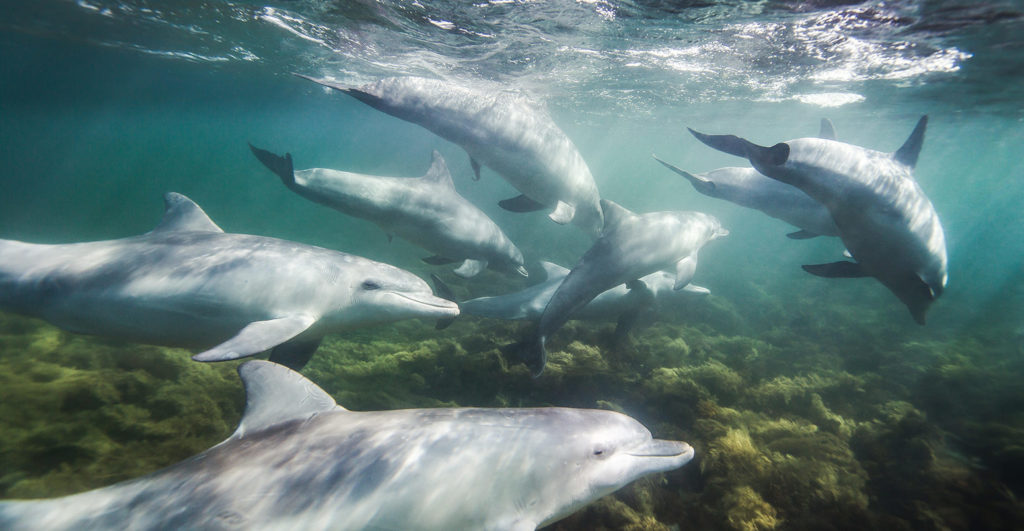You’ve might have read articles on the news or blogs about how dolphins are very similar to humans and they way they behave. Dolphins have a naturally friendly relationship with humans and many dolphins and human interactions have been amiable. Given their social aptitudes, many have wondered how they interact with each other. Dolphins can form friendships and form their own social networks in which they find comfort associating within. This also brings up the social hierarchy in the roles that each dolphin plays in their social circle and where each dolphin fits in within their miniature society. While dolphins can’t come in to do interviews or fill out surveys, David Lusseau and M. E. J. Newman analyzed these relationships to find measures of association and behavior of a group of bottle-nose dolphins in New Zealand.

Lusseau and Newman started by determining the communities and modeled a graph of betweeness of an assemble of dolphins through Girvan Newman and then identifying the critical dolphins that keep the community together, and the result of these groupings that create homophily within the entire group structure. While the analysis of humans brings upon many concrete statistics that can be compared such as age, race, gender, occupation, etc, dolphin can only be measured in age (which was mostly estimated) and gender (which was observed).
This is their findings presented through a Girvan and Newman algorithm, finding and identifying communities. Males are represented as squares while females are circles. Ones that could not have their gender identified are triangles. In this diagram, they concluded that there 2 major communities, with 1 split into 3 sub communities. The black shaded group forms one community while all other nodes form another, splitting between smaller sub communities that interact within the their own group more frequently.

This graph shows the dolphins that the center of these communities and have a betweeness greater than 7.33 . These dolphins marked by the filled in shapes are the “brokers” between communities that will interact with other communities as well. They found that when sn100 was away, the 2 communities almost never interacted and drove the 2 groups apart.
We can see that even dolphins have exhibit homophily and will stick within their own group of friends when presented and it is interesting to see how close dolphins and us are alike.
References
- Lusseau, D., & Newman, M. E. J. (n.d.). Identifying the role thatanimals play in their socialnetworks. Retrieved October 23, 2019, from https://www.ncbi.nlm.nih.gov/pmc/articles/PMC1810112/pdf/15801609.pdf.

